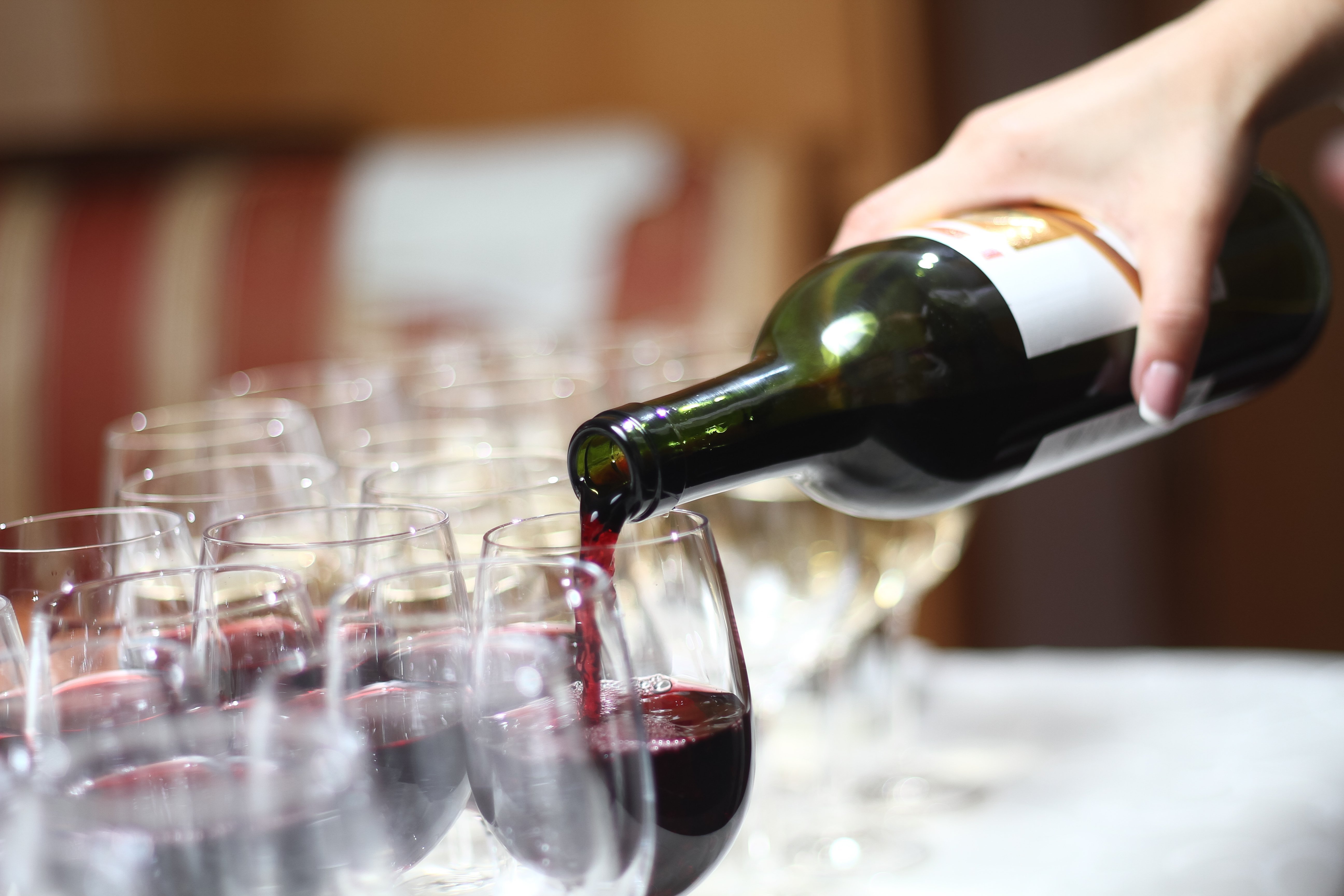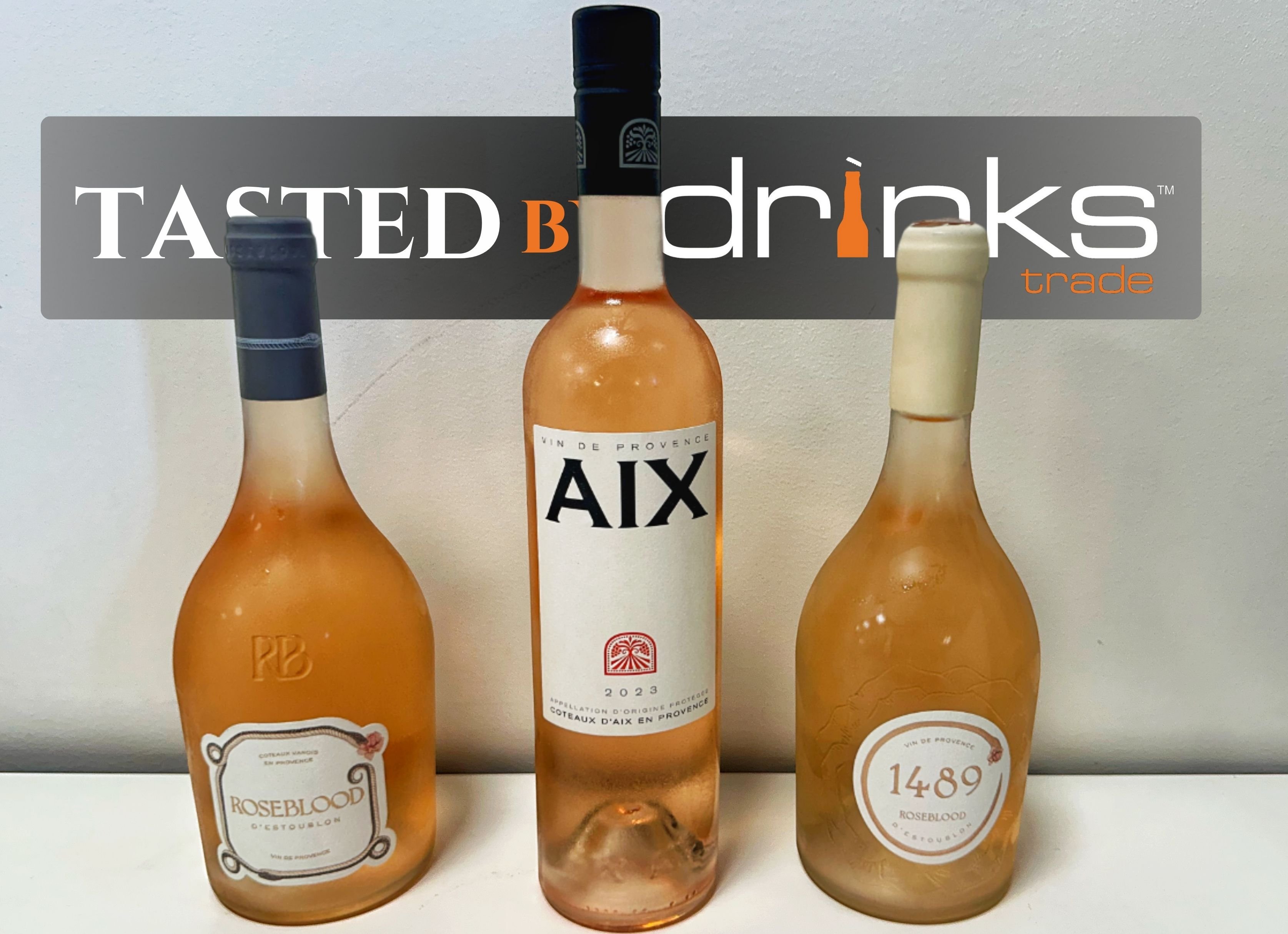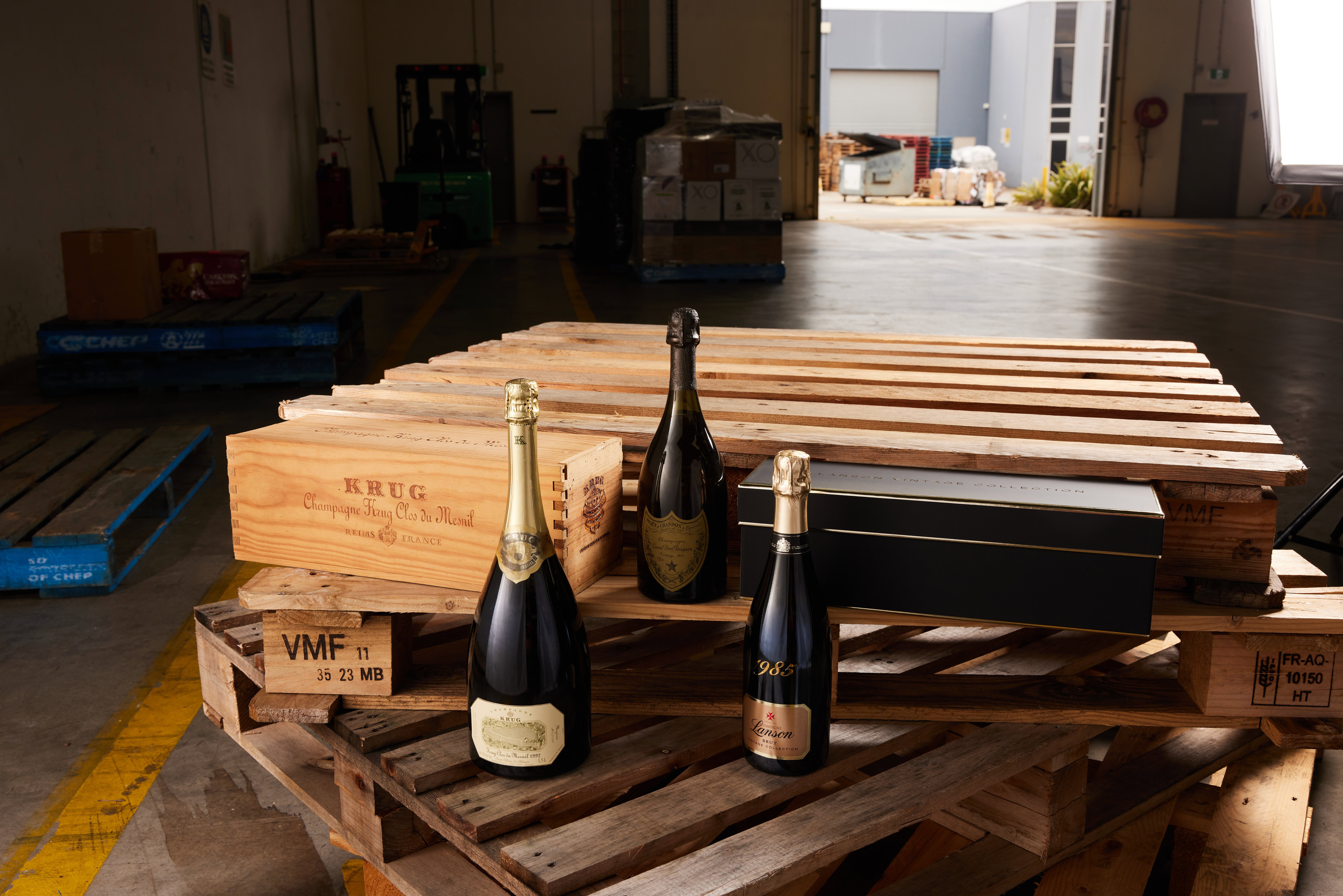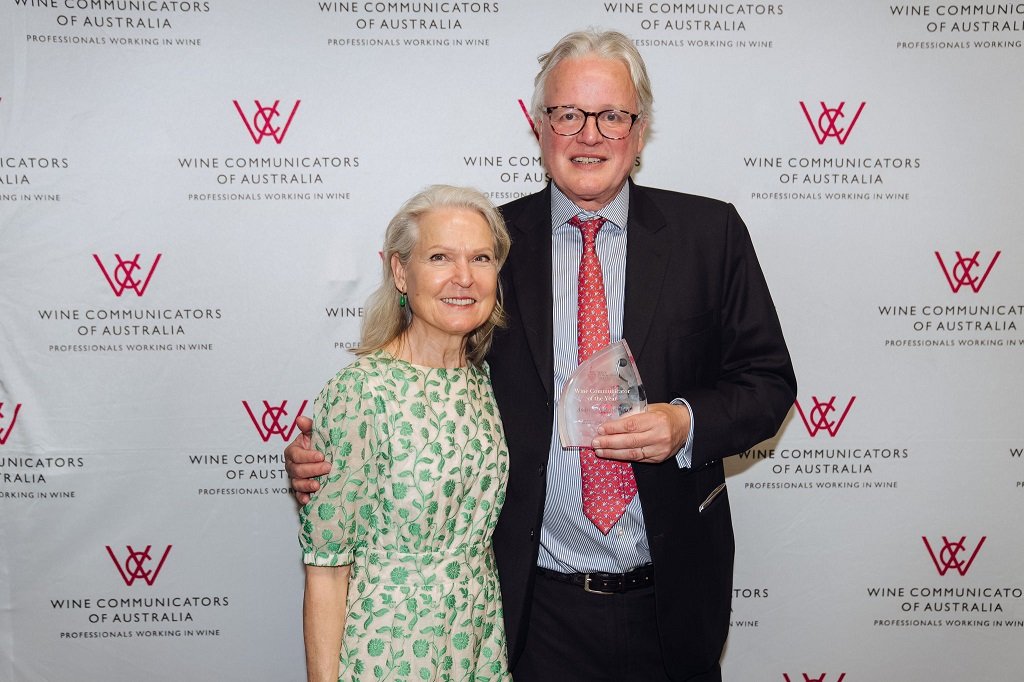Since the Covid-19 pandemic, wine is increasingly consumed across a broader range of at-home occasions in key markets around the world according to a new Wine Intelligence report. But will the boom last?
A new multimarket report released by Wine Intelligence and based on consumer data collected from Australia, Canada, China, Germany, Sweden, US and UK in April and August 2020 has revealed key trends amongst regular wine drinkers in the COVID-19 era.
And the news is good. Wine is enjoying a mini-spike in sales as consumers have taken to drinking wine outside regular drinking occasions, such as mealtimes because of home lockdowns and restrictions.
Total wine consumption frequency has increased across the board in all markets compared to 2019. In Australia, it has increased by 16 % amongst regular wine drinkers.[1]
The data has revealed the increase in at-home consumption frequency has more than compensated for the losses incurred from restrictions imposed on the on-premise channel, but it also reveals consumers are distancing themselves from on-premise despite the adoption of COVID-safe practices. These new trends are shifting socialising patterns in consumers and influencing wine consumption trends globally.
Perceived as the safest way to purchase in the COVID-19 era, online sales for the liquor sector in markets that have allowed this channel to continue have exploded. Driven by younger consumers, women, Gen X and devoted wine drinkers, it is quickly becoming a habitual and quick and easy way to purchase wine.
COVID-19 era wine consumers are drinking local over imported product, choosing wines made in their own backyards as a safer option as well as an ethical choice to protect local industry and local jobs. They are increasingly choosing go-to brands they know and trust.
Other factors in the Report highlighted as influencing wine consumption include restrictions on overseas travel, avoiding events and large crowds, becoming more cautious about lifestyle with the ‘Hedonistic’ consumer segment (regular indulgers) shrinking and ‘Halter’ and ‘Reducer’ segments (consumers committed to stop drinking or cut back on consumption) increasing.

While this burst of growth is welcome, there remain concerns it is not sustainable.
Consumers are beginning to be cautious about spending. The 'treat-seeking' behaviour observed in the initial stages of COVID-19 is decreasing. The average bottle-spend remains below pre-pandemic levels in most markets. Consumers are showing a trend of spending down per bottle to increase volume of purchase.
The prediction is the mini boom will be short lived. As the COVID-19 era drags on, local economies are taking a beating. The impact on job losses and household finances will see consumers reign in spending that will spark a downturn, the impact of which will not be realised until 2021.
Commenting on the report, Wine Intelligence CEO Lulie Halstead said: “Our data earlier this year pointed to wine being one of the winners of lockdown, and this trend has solidified over the past few months. Producers and off-premise retailers with strategies focused on their heartland of high involved, frequent drinkers have found reward, while new occasions have prompted a different dynamic in terms of product and packaging.
“The worry for our category remains the extent and longevity of the economic downturn. Household finances across many markets are currently benefiting from a combination of job retention schemes and lack of spending on vacations and going out, but this may not last. The broader issue of consumer confidence in the economy, and in their own safety, may start to weigh on the category in 2021.”
Source: Wine
Intelligence Wine Consumer Trends in the Covid-19 Era, published October 2020
[1] Wine Intelligence Vinitrac Global March 2019 – August 2020
Share the content










